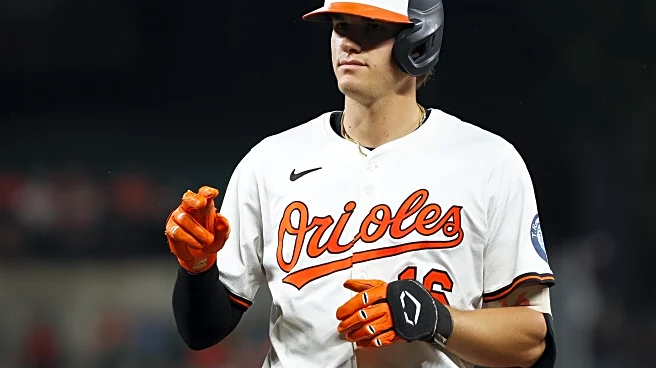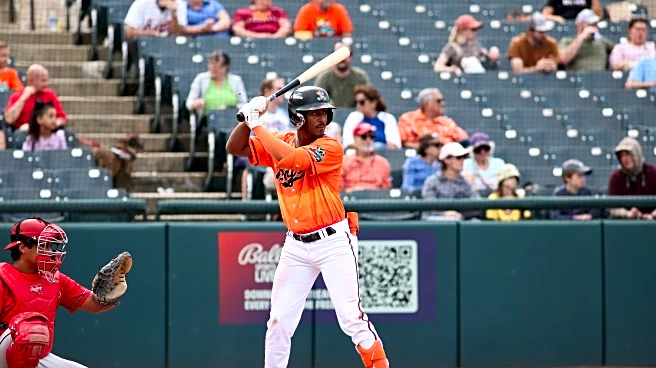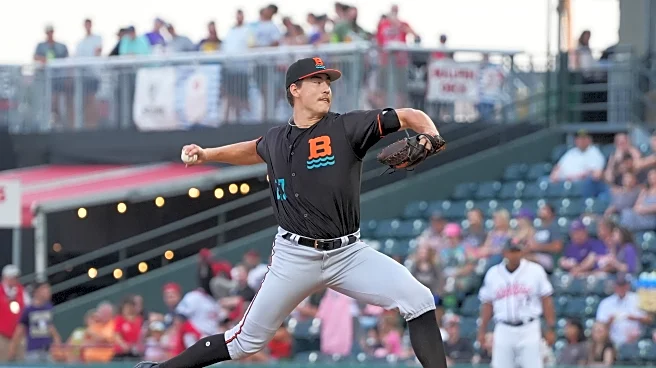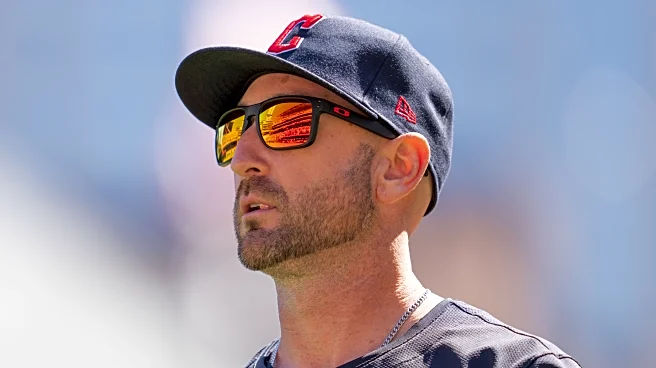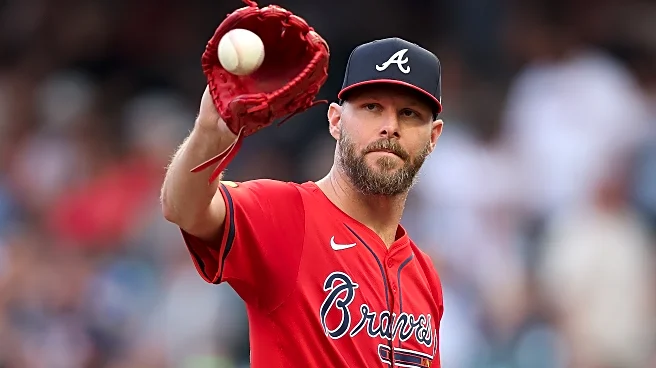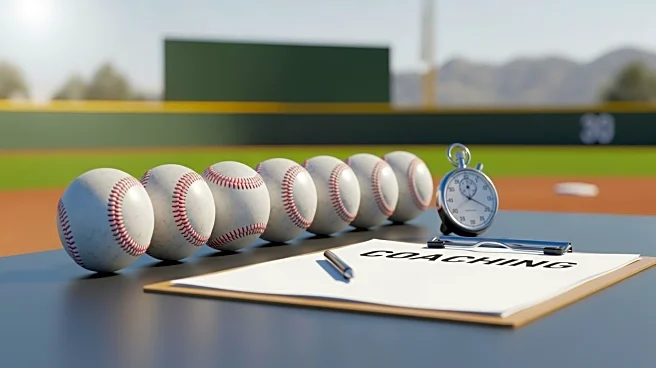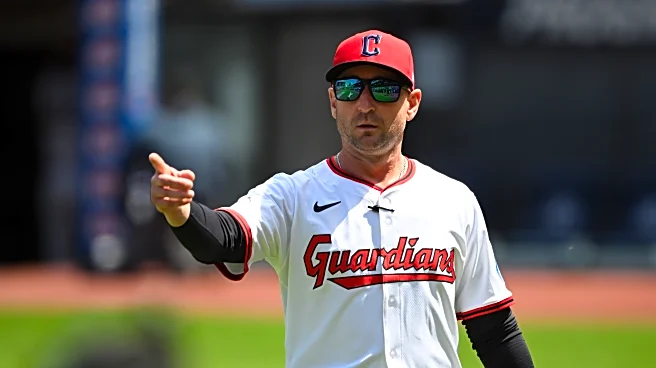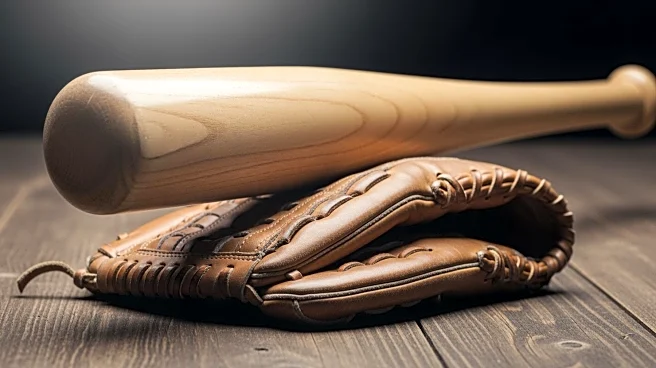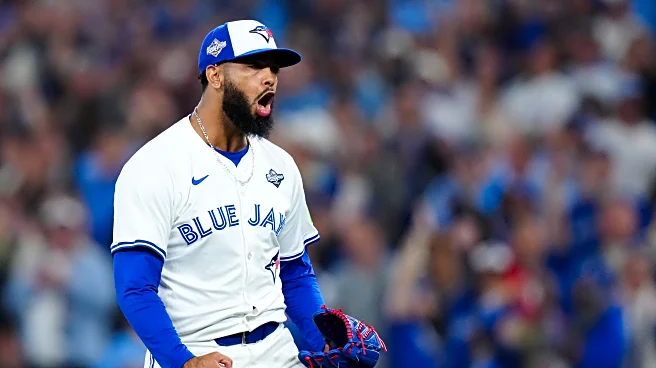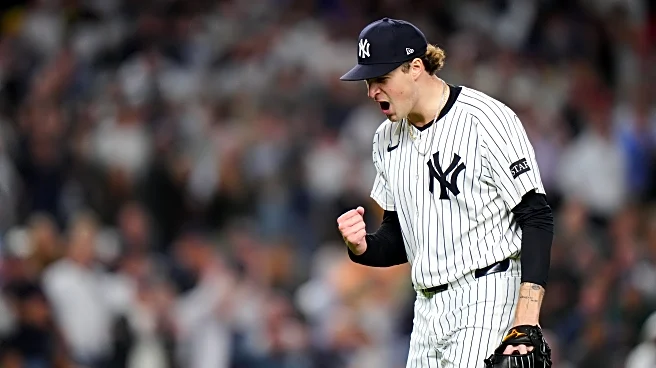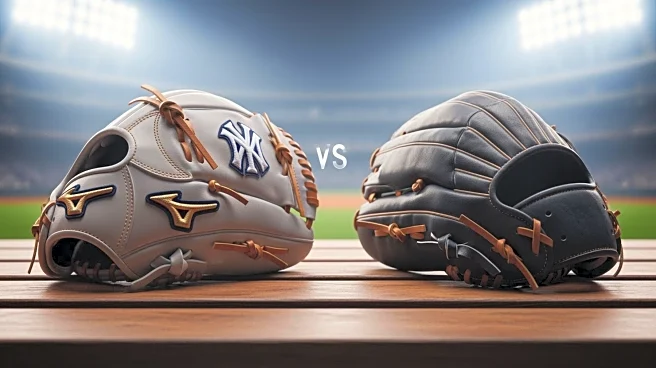For Coby Mayo, the 2025 season got off to a rocky start. And not because of his play on the field.
On March 18, the day the Orioles cut him from spring training and optioned him to Triple-A Norfolk, Mayo
attracted some unwanted attention with his comments to the media. “It’s kind of a lose-lose situation,” lamented Mayo of heading to Triple-A for a third straight year. “You go back there and if you have success, it’s, ‘Oh, well he’s supposed to have success, because he’s already proved it.’ And if he doesn’t have success, it’s, ‘Oh, well, obviously he’s fallen off.’
“It obviously sucks, because you feel like you’ve proved everything you needed to. And sometimes, it doesn’t feel like it’s quite enough.”
Some Orioles fans bristled at Mayo’s remarks. Who was this rookie to feel entitled to make the team? Was he taking a shot at the O’s front office? Was he subtly demanding a trade? In an age when athletes are expected to deliver milquetoasts clichés like, I’m disappointed I didn’t make the team, but I’ll keep working hard in the minors until I get my opportunity, Mayo’s forthright, frustrated response was a curveball.
Here’s the thing: Mayo had a point. He’d been tearing the cover off the ball for his entire professional tenure, compiling a career minor league OPS well over .900. He was the Orioles’ top-ranked prospect heading into the season (or second to Samuel Basallo, depending who you ask) and had little left to learn in the minors offensively. But his brief MLB audition in 2024 had gone poorly — 4-for-41 with no extra base hits or RBIs — and there wasn’t an obvious spot for him on the 2025 roster, so back to the minors he went. His frustration was understandable, even if he might have chosen a more tactful way to express it.
As it happened, Mayo’s numbers tailed off at Norfolk this season. In 45 games for the Tides, he posted a mediocre .226 average and a good-but-not-great .770 OPS, inviting further scrutiny about his “lose-lose” comments and prompting fans to wonder if his heart was fully in it. No matter: Mayo’s big league opportunity ultimately did arrive this year, as the Orioles called him to the majors for good on May 31 when Ryan Mountcastle suffered a hamstring strain.
Mayo’s playing time was irregular at the outset; he never started more than two consecutive games in the entire month of June, as he was blocked by All-Star Ryan O’Hearn, among others. But when the Orioles traded O’Hearn to the Padres at the July 31 deadline, the path was clear for Mayo to get everyday at-bats.
So how did his first extended opportunity turn out? Well, if you look at his overall stats, you’d think: not bad. His OPS+ of 93 was below average, but not embarrassingly so. He powered 11 home runs in about a half-season’s worth of games. His overall .217/.299/.388 performance won’t garner him any Rookie of the Year attention, but it’s not a disastrous showing for a 23-year-old getting acclimated to the majors.
Still, that’s not the conversation we’d be having if the season had wrapped up three weeks earlier. At the end of play Sept. 10, Mayo was utterly adrift, batting .184 with a season-low .587 OPS. He’d been the Orioles’ primary first baseman for more than a month with almost nothing to show for it. His audition had been an abject failure at the plate.
On Sept. 11, FanGraphs’ Ben Clemens wrote a detailed breakdown of Mayo’s major problems. In summary: Mayo was striking out too much, he wasn’t doing enough damage when he put the ball in play, and he had a crippling tendency to chase sliders. Mayo wasn’t a free swinger, per se, but Clemens concluded that he was being overly passive at the plate, too often falling behind in the count before pitchers finished him off with sliders. Clemens’ suggestion was that Mayo should be more aggressive early in the count, when he’s more likely to get fastballs that he can hit.
Perhaps Mayo is an avid FanGraphs reader, because the same day that article was published, he began a hot streak that continued to the end of the season. Over his final 15 starts, Mayo crushed the ball to the tune of a .370 average and 1.147 OPS, including four home runs. He had four multi-hit games in that span; before that, he’d gone more than a month (Aug. 6) since his previous such game.
It’s probably no coincidence that Mayo was, indeed, more aggressive early in the count during his hot streak. Of his four home runs in that span, each of them came within the first three pitches of the at-bat, including two first-pitch dingers. Granted, it was a small sample size — just 55 plate appearances — but Mayo seemed to be making the adjustments he needed to be more productive at the plate. It’s too soon to say that he’s solved major league pitching, but at least he’s got some momentum to carry over into the 2026 season.
On the other side of the ball, it seems that Mayo, whose defense has been a question mark throughout his pro career, has finally found a home at first base. He was drafted as a third baseman in 2020 and, while he played that position almost exclusively until 2023, his glovework at the hot corner was generally not considered MLB caliber. He began playing first base two years ago and has gradually gotten more reps at that position. Now it seems to be his job to lose. For what it’s worth, Mayo’s Defensive Runs Saved at first base this season was…exactly zero. So he’s not bringing a lot of defensive value, but he wasn’t a negative, either.
Looking ahead to next year, Mayo could be an important cog in the O’s lineup if he’s able to sustain his late-season success from 2025. The pure power potential he brings to the lineup is nearly unmatched by any other Oriole. There’s a good chance the O’s will trade their incumbent first baseman, Mountcastle, and hand the position to Mayo. It’s up to him whether he’s able to continue his progress or falls back into bad habits.
At the very least, Mayo seems assured of making the team out of spring training next year. And that’s a win-win situation.
